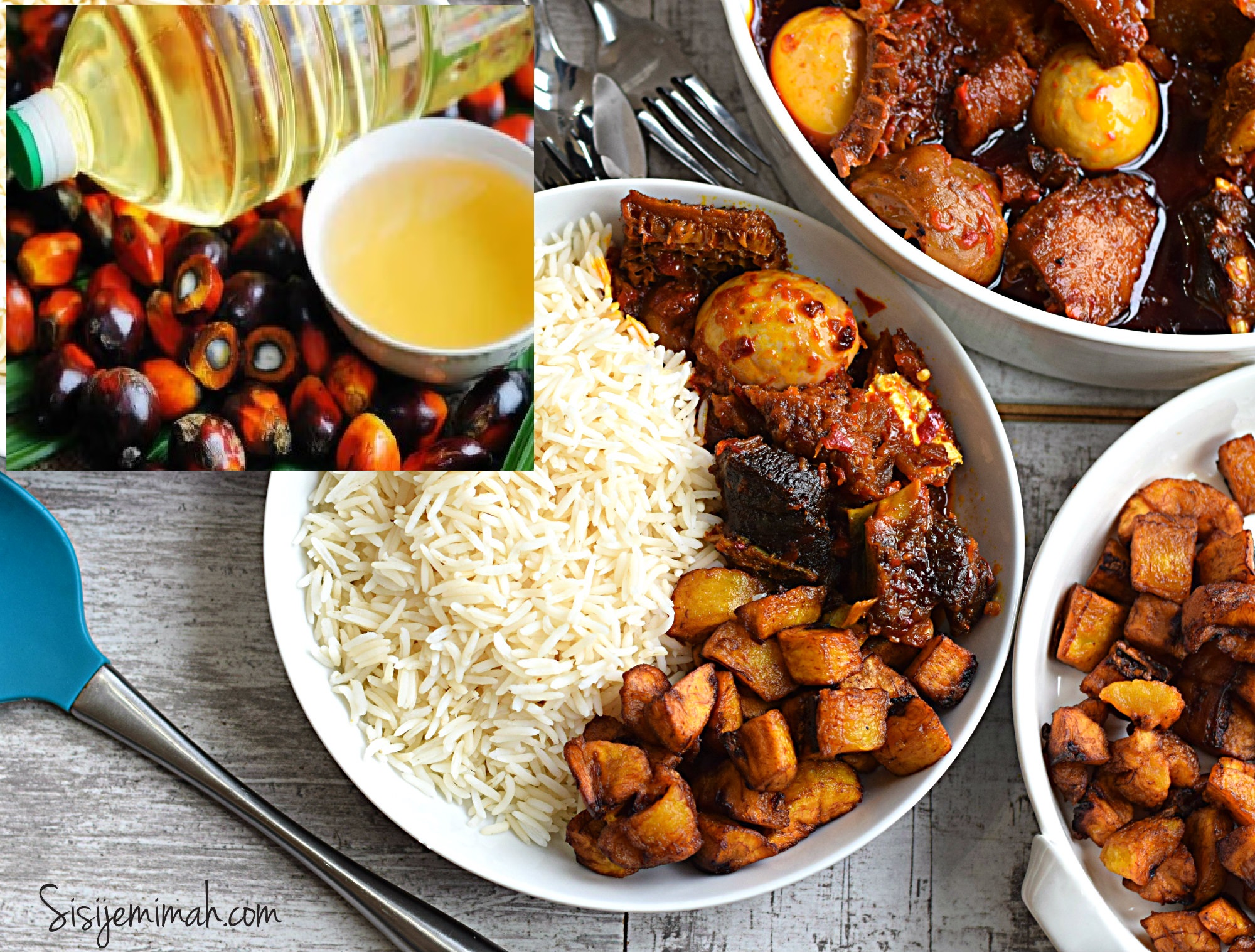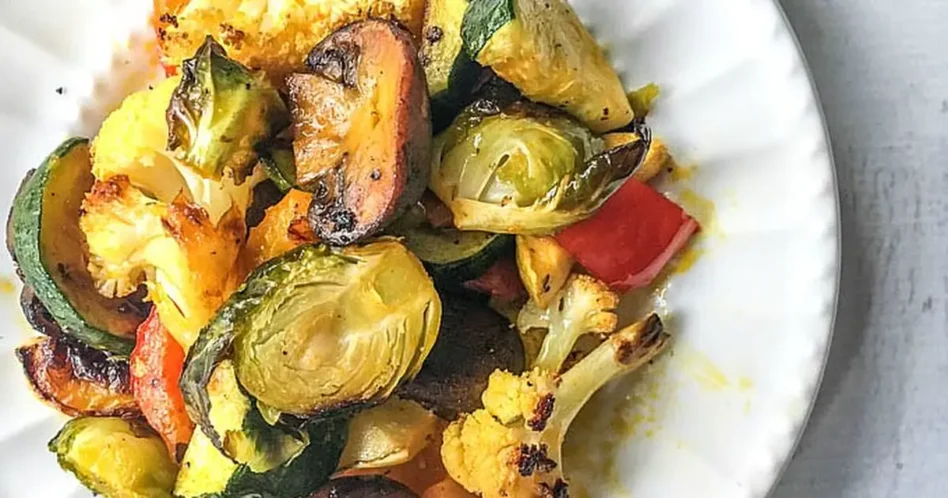
AS A dietitian, I’m often asked what are the good oils to use for cooking healthy meals.
One oil that stands out not only for its versatility in the kitchen but also for its health benefits is palm oil.
Palm oil’s high smoke point of around 230°C makes it ideal for various cooking methods, including high-heat cooking without breaking down or releasing harmful compounds. When used mindfully, it can be an excellent component of a health-conscious diet.
Derived from the fruit of the oil palm tree, palm oil has a unique balance of saturated and unsaturated fats that make it suitable for a wide variety of cooking methods. In particular, red palm oil is rich in vitamins A and E, antioxidants and is free of trans fats.
Let’s explore five healthy ways to cook with palm oil and how it can elevate your culinary experience.
- Sautéing vegetables for maximum nutrient retention
Sautéing is one of the easiest and healthiest ways to prepare vegetables, and palm oil is ideal for this technique. The oil’s rich antioxidant content not only preserves its own nutritional value but also helps retain the vitamins and minerals in the vegetables you cook.
Try sautéing leafy greens like spinach or kailan in palm oil as the fat helps your body absorb the fat-soluble vitamins, such as vitamin A and K found in these vegetables.

- Stir-frying for quick and nutritious meals
Palm oil is a fantastic option for stir-frying due to its ability to withstand high heat without oxidizing. The key to a healthy stir-fry lies in using plenty of fresh, colourful vegetables, lean proteins like tofu or chicken and limiting the amount of added sodium in sauces.
A quick stir-fry using palm oil ensures that your meal remains nutrient-dense, full of fibre and balanced in healthy fats. Add aromatics like ginger, garlic and a light dash of soy sauce to enhance the flavour profile while keeping things light.
- Baking for rich, moist results
If you enjoy baking but want to make your recipes healthier, consider using palm oil as an alternative to butter or margarine. It is naturally free of trans fats, making it a better option for those concerned with heart health. It’s a versatile for cookies, cakes and breads.
It provides a rich, moist texture without the need for excessive amounts, reducing the overall fat content while maintaining flavour and tenderness. Whether you are making whole-grain muffins or nutrient-dense banana bread, palm oil can add a subtle richness that enhances your baked goods’ quality.
- Grilling and roasting for smoky, flavourful dishes
For those who enjoy grilling or roasting, palm oil is an excellent medium to marinate or brush onto meats, vegetables and seafood. Its high stability under heat means you can grill chicken, fish or even roast sweet potatoes without worrying about the oil burning or becoming rancid.

Using palm oil to lightly coat ingredients before grilling or roasting adds a natural flavour boost and helps to lock in moisture, ensuring your dishes are not only tasty but also packed with nutrients. This method is perfect for those looking to avoid overly processed dressings and sauces, offering a more natural and wholesome option.
- Making healthy dressings and marinades
Palm oil can also be a star ingredient in homemade dressings and marinades. Combine it with apple cider vinegar, lemon juice, herbs and a pinch of salt to make a zesty, nutrient-dense dressing.
Alternatively, use it in marinades for lean proteins like chicken, fish or seafood before grilling, letting the antioxidants in palm oil provide an additional layer of health benefits to your dishes.
The nutritional and sustainable benefits of palm oil
Palm oil’s health benefits extend beyond just its cooking versatility. Red palm oil in particular, is an excellent source of beta-carotene, a precursor to vitamin A which is essential for good vision, immune function and skin health.
Its tocotrienols, a form of vitamin E, offer potent antioxidant properties that help protect cells from oxidative stress. Additionally, palm oil’s balanced composition of saturated and unsaturated fats makes it a heart-healthy option when used in moderation, unlike hydrogenated oils laden with trans fats.

Cooking with palm oil can also support sustainability when sourced responsibly. Palm oil certified under the Malaysian Sustainable Palm Oil (MSPO) certification ensures that production adheres to sustainable practices, protecting biodiversity and reducing environmental impact.
Supporting Malaysian palm oil which has been grown under the auspices of the MSPO certification scheme ensures that your health-conscious cooking aligns with environmentally friendly practices.
As we embrace healthier cooking practices, it’s worth considering palm oil as a natural, sustainable option that not only enhances the flavour of our food but also provides essential nutrients for a balanced diet.
Indra Balaratnam is a consultant dietitian.
The views expressed are solely of the author and do not necessarily reflect those of MMKtT.
- Focus Malaysia.


No comments:
Post a Comment
Note: Only a member of this blog may post a comment.